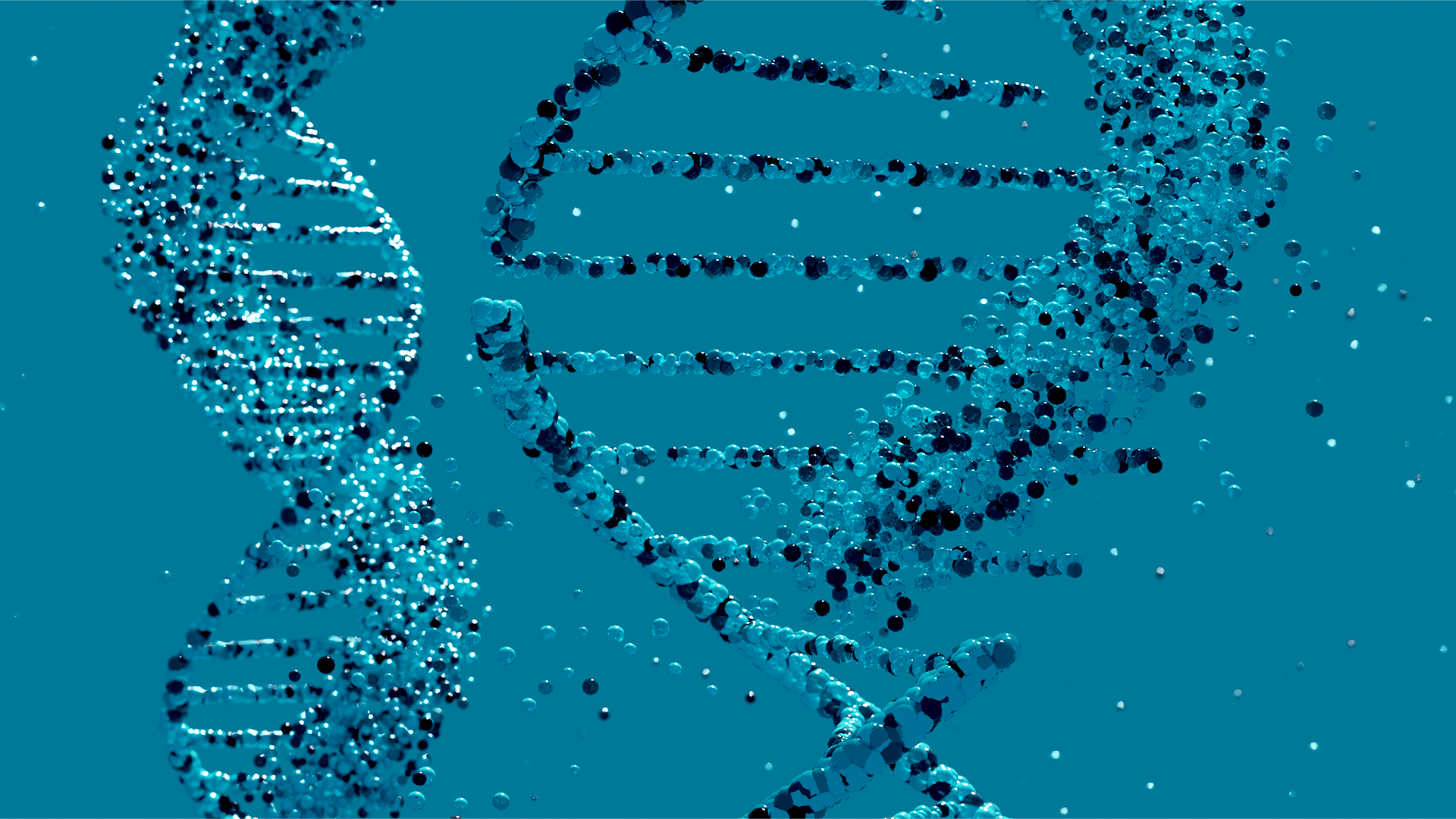New method for Genome-wide detection of DNA double-strand breaks
A brand-new method that allows for the genome-wide detection of DNA double-strand breaks has been devised by an international team of scientists, including SciLifeLab researchers Magda Bienko and Nicola Crosetto.
DNA double-strand breaks (DSB:s) pose a major threat to the stability of our genome. The breaks in DNA strands can, when not properly repaired, trigger the formation of genomic alterations. These alterations may in turn promote tumorigenesis, the production or formation of tumors, or accelerate tumor progression.
For mapping the precise locations of DNA double-strand breaks along the genome, the Bienko and Crosetto lab pioneered the first method named BLESS in 2013, and more recently, the BLISS method in 2017. Knowing where DSB:s form is an essential step towards understanding how oncogenic alterations arise and to develop new preventative strategies further down the line.
“In an article now published in Nature Protocols, we describe further advancements of the BLISS technique, which make it compatible with cells or nuclei brought to suspension (in-suspension-BLISS or sBLISS)”, says last author Nicola Crosetto (KI/SciLifeLab).
The sBLISS method makes it possible to easily and quickly profile the genomic landscape of DSBs across a variety of biological samples, including cell lines, organoids, and tissue biopsies. The new method is also easily scalable to a high-throughput format, which makes it suitable for large-scale toxicology studies.
How can your results be used by other scientists?
“In our article, we provide a detailed step-by-step protocol for performing sBLISS, including tutorials for how to analyze the resulting sequencing data and an extensive section on troubleshooting. We believe that this protocol will make our technique at the reach of anyone interested in profiling DSBs genome-wide, including those researchers who have no prior expertise in genomic techniques”, says Nicola.
What kind of research will follow in the wake of your results?
“We are now applying sBLISS to tumor samples of various origin, aiming at finding out whether the genomic landscape of DSBs underpins different levels of ongoing genomic instability in tumors and thus serve as prognostic or predictive biomarkers.”





